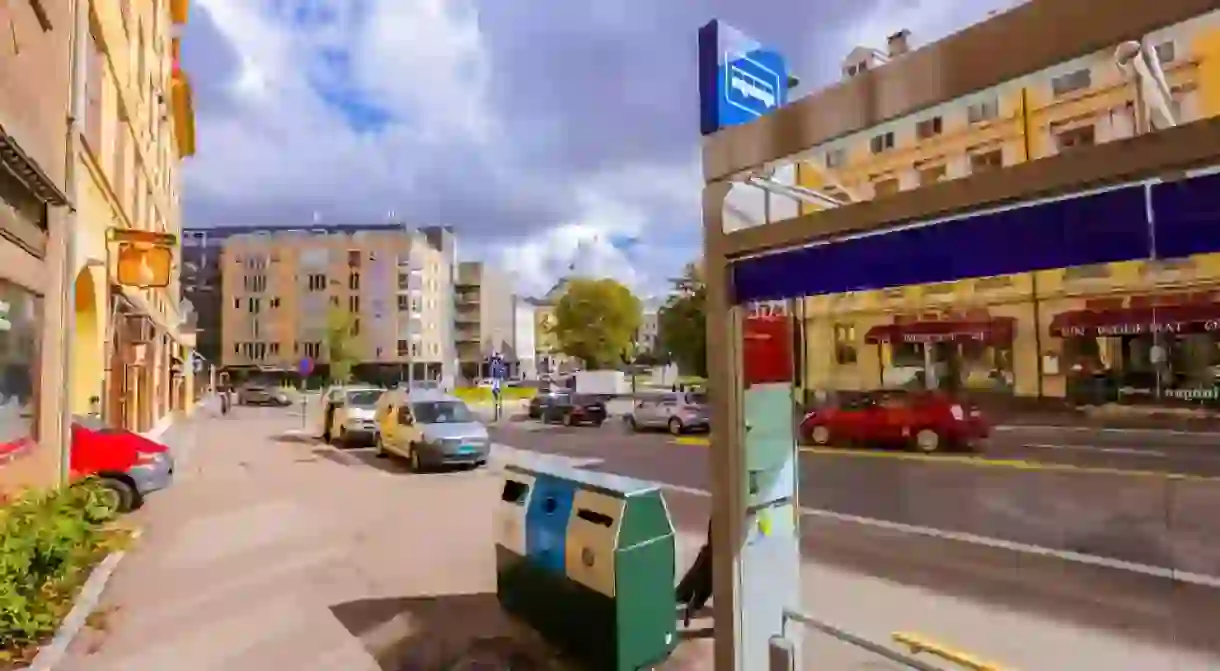Recycling in Norway, Here's What You Need to Know

The recycling process in Norway is state-of-the-art. The country has one of the most efficient recycling plans in the world and an intricate system that the locals have been taught since childhood. But if you’re traveling to Norway, it’s easy to feel confused or overwhelmed – what are all those different colored bins, anyway? Don’t worry: this article will have you fluent in “Norwegian recycling” in no time.
The green, blue and white system
The first thing you will notice is the color-coding. This is to help you decipher what type of waste goes where; there are green, blue and white bins in some areas and plain bins that take the specific green, blue and white bags in others. Plastic packaging goes into the blue bins, while paper and ‘restavfall’ (general waste) each go into the specifically marked white bins.
At home, you need to have separate bins for different kinds of waste and each should have its own specific bag, so it’s easier for waste to be sorted afterward. The food and organic leftovers (anything that can be turned into compost, like food, dirt, leaves, small pieces of wood etc) should go in a green bag. All plastic packaging (anything from shampoo bottles to food packaging) should be rinsed thoroughly and go in a blue bag. General waste should go in any kind of bag you want, just make sure to only use the blue and green bags for their specific purposes – you will get them for free at any supermarket. The paper should be collected in a paper bag and disposed of in the appropriate bins.

Plastic bottles and cans
Once you’ve mastered the ‘green, blue and white’ process, it’s time to get acquainted with Norway’s pant system. Every plastic bottle of juice, water or soda, as well as every can of beer or soft drink, has a ‘pant’ value written on them. This value (usually around 1-2.5 NOK) is what you will have to pay in addition to its regular price when you buy a can of beer, for instance, however, you can get it back when you return the can to the pant machine. The pant machines are stationed in the entrance of all supermarkets; simply place your bottles and cans one by one on the slot, and the system calculates the pant value you get with each one. Once you’re done, the machine issues a receipt with the amount in NOK. You can use that to pay for goods at the supermarket, or you can donate it to charity via the machine.

Metal, glass and more
Metal and glass are slightly less easy to recycle, meaning that there is not a metal and glass recycling bin outside every door. But there are still several collection points for glass and metal all across Norway’s cities – you can find pertinent information on the ‘kommune’ website or Facebook group of the city you’re currently in. You can also recycle/donate your clothes and shoes at one of Fretex’s collection bins; if they’re in good enough condition they will be sold on their own, otherwise, the Fretex team will use the fabric to create something new and beautiful. In any case, you will be contributing to a very good cause, since Fretex is part of the Salvation Army.
Take a look at some amazing tours and excursions in Norway.













